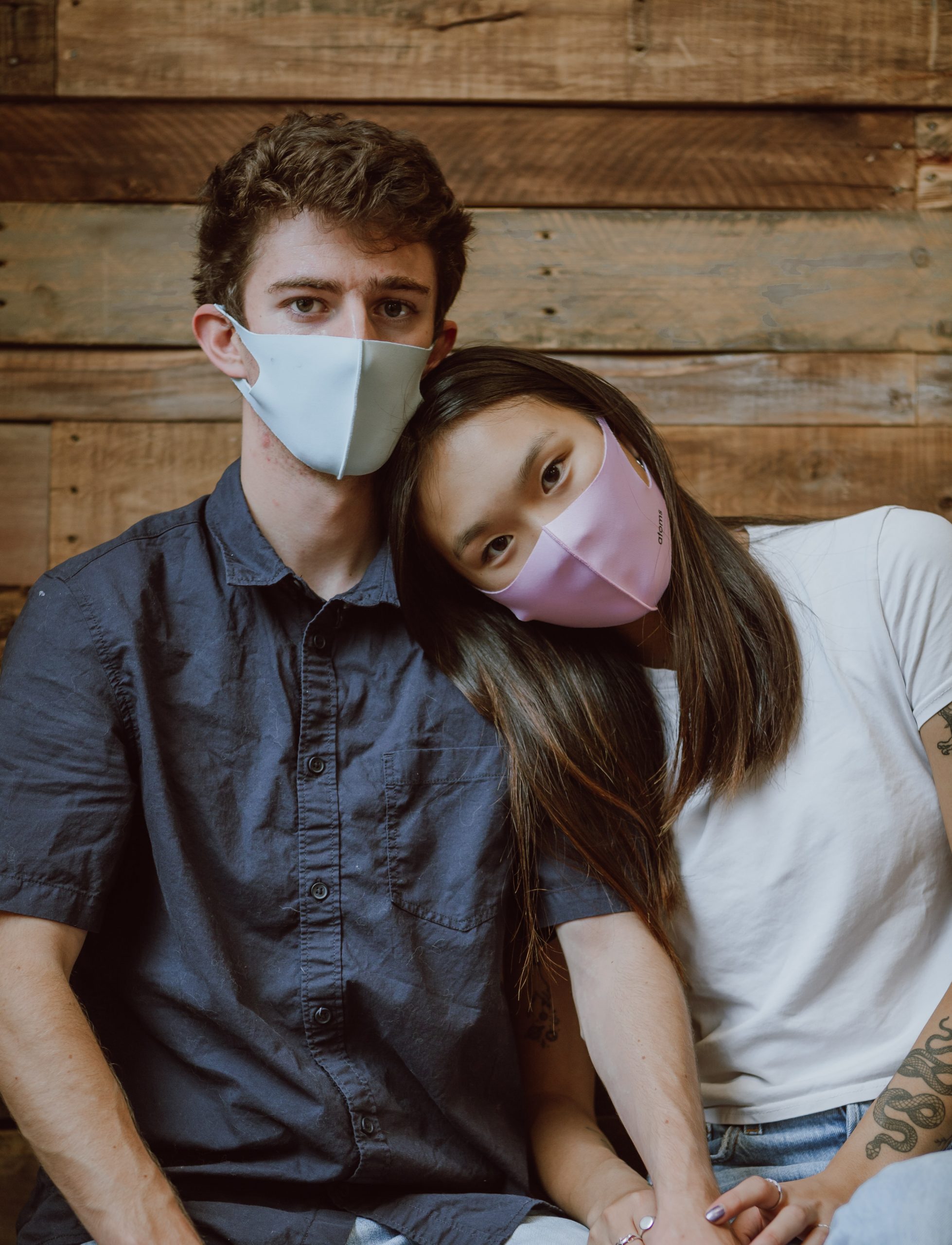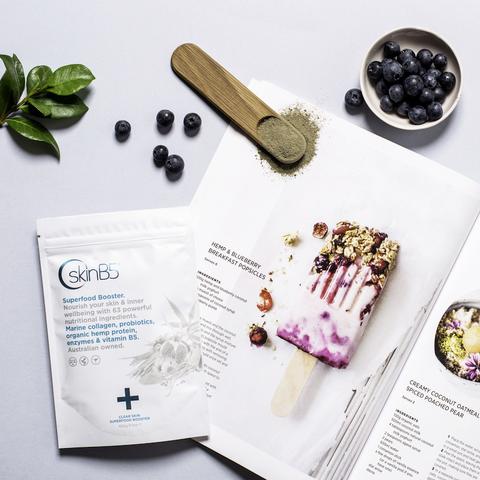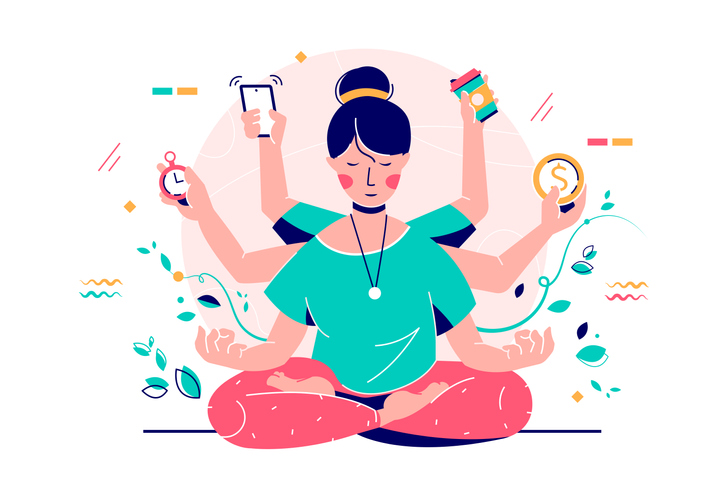Myth #1: Wheat causes acne.
FALSE. Acne Myth BUSTED!
The reason there are theories that wheat causes acne is because wheat products can alter the glycemic index (GI) which provides a measure of how quickly blood sugar levels rise. All high GI products eg. white bread, most white rice, corn flakes, extruded breakfast cereals, glucose, maltose, maltodextrins, potato, sweets etc, cause blood sugar to spike dramatically. Elevated blood sugar stimulates your body to pump out insulin which then triggers a cascade of hormonal effects, including elevated levels of androgens (the acne-causing male hormones), excess oil, and increased skin cell production, all of which lead to clogged pores and breakouts. Also, some cases of acne (and eczema, psoriasis) are aggravated by food allergies, eg. gluten which is found in such grains as wheat, barley and rye.
Myth #2: Dairy causes acne.

TRUE.
Cow’s milk (even organic) contains its own hormones (including androgens) and growth factors (including bovine IGF-1). Everytime you drink milk or eat dairy products, the cow hormones are absorbed by your body and remain active in the bloodstream, so they can affect your skin (and acne) in the same way as humane hormones. Furthermore, even though milk is low on GI, dairy products have been shown to elevate insulin production to the same extent as white bread. Whey protein from cow’s milk which has androgen-like effects also promotes acne. Dairy can also promotes inflammation, contributing to a host of issues including acne.
Myth #3: Coming off the pill causes acne.

TRUE.
Certain contraceptive pills (Yaz, Diane35 and Ortho Tri-Cyclen) block the action of androgens (the acne-causing male hormones). As you come off the pill your hormones go out of whack and acne can arise. Good news is it is treatable through correct nutritional and lifestyle strategies. Take supplements that contain zinc and vitex herb, at a dosage specifically designed to stop acne by effectively balance the hormones. Going to sleep before 11pm is also vital to keep your hormones happy. A clean diet that limits meat intake and avoid dairy products is essential – meat and dairy can cause inflammation, contributing to a host of issues including acne.
Myth #4: Red foods cause or worsen acne and pigmentation
.jpg)
FALSE.
Natural red foods such as red capsicum, beetroot, tomatoes etc contain the most anti-aging and sun protective antioxidants and will help you achieve good health and hence clear glowing skin. Artificial food colourings, including red food dyes found in many processed foods and cakes, however, have been linked to a range of health issues, including acne and eczema. Also, dyes used in cosmetic and makeup products including D&C Red #9 and D&C Red #40 are known to cause acne and pigmentation.
Myth#5: Dirty/oily hair that brushes against your face cause acne. For e.g. heavy fringes/bangs

FALSE
The hairs on our head are lubricated by sebum (the same oil that lubricates our skin). How much oil your glands produce is mostly determined by heredity, but just as your skin can get oilier during puberty (which is one reason teenagers struggle so much with acne), your hair can become oilier during similar hormonal shifts. Taking a good dose of Vitamin B5 has been proven to control or regulate sebum production.
Myth#5: Pimples on your chin are linked to your ovaries, so when you’re in your menstrual cycle you’re more likely to break out on your chin.

TRUE
Hormonal acne do tend to show up on the chin, neck, and along the jawline rather than the oily T-zone. Androgens in your body (the acne causing hormone) naturally spike around ovulation. Studies show that your body produces the most androgen around days 21 to 26 of a 28-day cycle, resulting in larger ores and increased oil production which promotes acne.
Myth#6: Sugar contributes to acne.

TRUE
Sugar, particularly refined sugar eg. glucose, fructose, maltose is high on GI and can trigger dramatic blood sugar spikes. Elevated blood sugar stimulates your body to pump out insulin which then triggers a cascade of hormonal effects, including elevated levels of androgens (the acne-causing male hormones), excess oil, and
increased skin cell production, all of which lead to clogged pores and breakouts. Adding good fats to high GI foods can help reduce the effects on insulin.
Myth #7: Mentally split your face horizontally through the middle, any breakouts about the invisible line are caused by diet and anything below is caused by hormones.

FALSE
Although hormonal acne do tend to show up on the chin, neck, and along the jawline rather than the oily T-zone, acne on the face and other parts of the body can also be caused by hormone imbalances, not just diet alone – a diet containing substantial diary products, refined sugar, highly processed foods, high GI foods promotes acne by elevating the blood sugar level dramatically, increasing production of androgens (acne causing hormones) and cause inflammation.
Myth #8: Stress and alcohol consumption cause pimples.


TRUE
Studies show that cells that produce sebum have receptors for stress hormones, so when a person with acne experiences a lot of stress, these sebum-producing cells become “unregulated” and more oil is produced to clog the hair follicles to allow more acne to form. Alcoholic beverages on the other hand are often full of sugar, and sugar promotes acne by elevating blood sugar levels resulting in a cascade of hormonal effects, including increased androgens (acne-causing hormones), excess oil, and increased skin cell production, all of which lead to clogged pores and breakouts. Avoid mixed drinks and cocktails with added sugar.








Leave A Comment